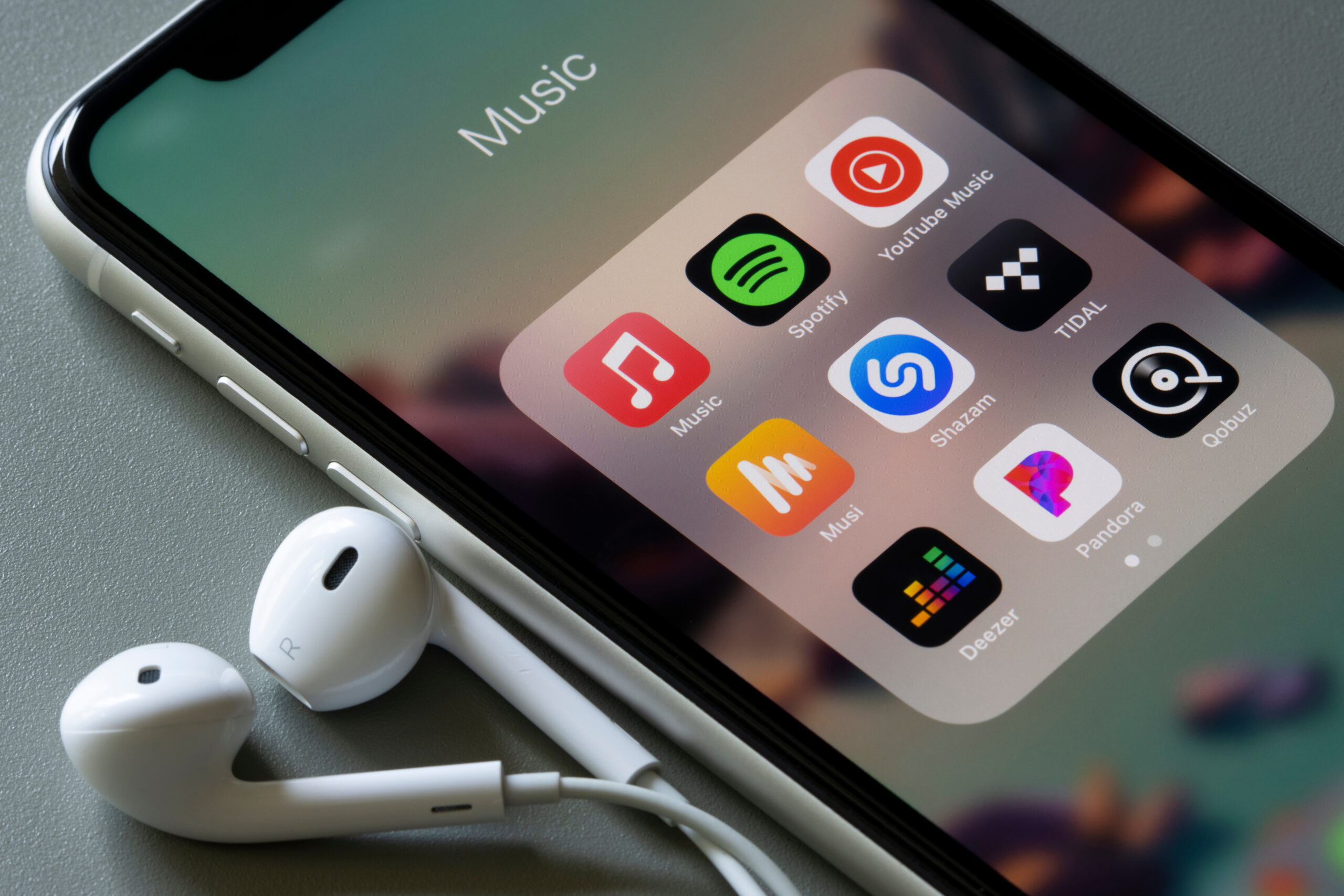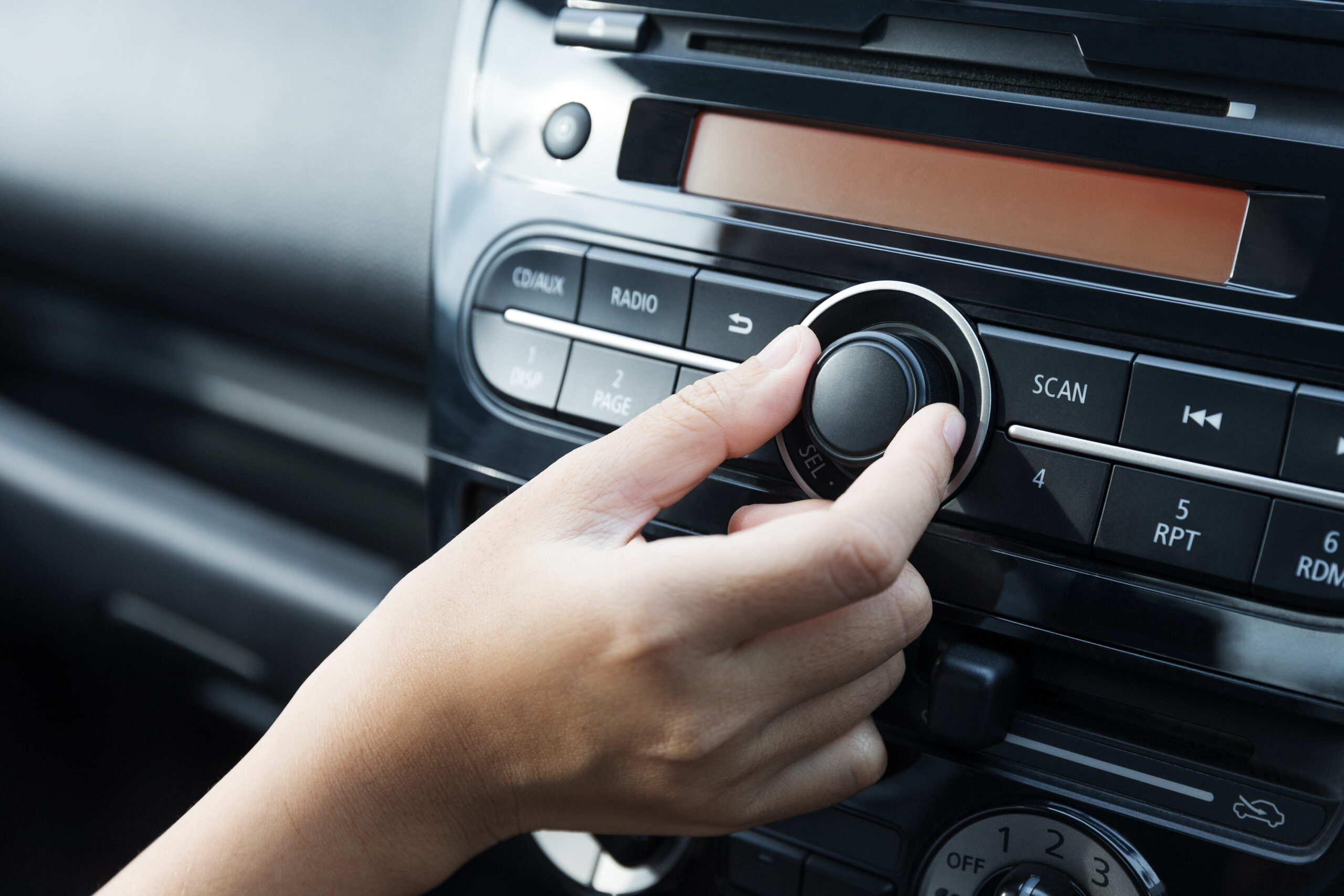When you started your programming career—if you were lucky—you had a mentor who bestowed upon you a way to figure out when your listeners should know a new song and when they were likely getting sick of it. The time-honored benchmarks that you received were your own station’s spin counts.
“Don’t test a song in callout until it’s had 100 spins.”
“A song will be highly familiar after 300 spins.”
“After 1,000 spins, it’s a recurrent.”
 Your mentor may have deduced these metrics based on years of observing their stations’ call-out research and tracking their own airplay. More likely, your mentor simply told you what their mentor told them.
Your mentor may have deduced these metrics based on years of observing their stations’ call-out research and tracking their own airplay. More likely, your mentor simply told you what their mentor told them.
Either way, these metrics were never based on verified statistical correlation. A more fundamental flaw, however, is that your airplay never was what made listeners familiar with new songs and ultimately made them tired of them after they were hits.
What really matters is how often your listener hears a song.
Even today, when we theoretically could invent some Shazam-driven service to eavesdrop on every song someone hears, no such tool to directly measure listeners’ music exposure actually exists. Back in the beeper era, it would have been downright impossible.
Fortunately, in that era when FM radio, CDs, and music videos represented the entirety of new music discovery, using your spin counts as a corollary to listeners’ song exposure was a reasonably reliable alternative.
Today, those benchmarks are about as relevant as knowing how to program a VCR.
Here are five reasons why trying to gauge your audience’s awareness of new music based solely on your spin counts is now a futile endeavor.
1. Radio’s TSL is lower
Let’s swallow the toughest pill first: Listeners are spending less than half the time with FM/AM radio today than they did back when programmers first used those oft-quoted spin count benchmarks. That math suggests it now takes 600 spins for a listener to hear a song on your station the same number of times as 300 spins would in years past. Unfortunately, that adjustment only addresses changes to the radio’s weekly TSL.
2. People hear music in many more places
Your listeners consume music everywhere. They consume it on TikTok, Spotify, the other Spotify-like streaming services, YouTube, SiriusXM, TV shows, and TV commercials. They Shazam songs they hear at the new hipster Target. Alongside your station and the other stations your listener tunes in to, all these sources contribute to their new music exposure. With so many different places listeners encounter contemporary music, it’s no longer enough to know how often other stations in your market have played a song.
Some songs become widely well known before they’re ever played on the radio. For other songs in certain radio formats, your station may still be the only place a listener ever encounters a song. The only way you’ll know how well your listeners know a song is to ask them directly in new music research.
 3. Spins in evenings don’t count anymore
3. Spins in evenings don’t count anymore
“We’ve spun it over 500 times in the last few months. Why isn’t it more familiar?” When an Integr8 New Music Research client asks this question, we often discover most of those spins were during overnights and evenings.
You’ve long known overnights reach a smaller and fundamentally different group of listeners than other dayparts. However, many successful programmers still cling to the idea that younger and more musically engaged listeners to listen during the evenings.
Check your own Nielsen Audio daypart metrics for AQH persons, Weekly Cume persons, and age composition. You’ll discover that the tradition of younger listeners dominating evenings is largely a thing of the past.

This change hits me personally. I have fond memories of evenings doing homework while listening to stations’ most adventurous personalities play the format’s newest music. There were features like “Smash or Trash,” “Battle of the Bands,” and other ways stations showcased new music to their youngest listeners. There were call-ins and contests. Evenings was the time when youth culture ruled the radio.
However, as terrestrial radio usage has declined at home and becomes increasingly limited to in-car listening, younger listeners have left evening radio because they’re simply not in the car at night. The disappearance of live evening shows didn’t help.
4. Spins heard too far apart don’t count
Think of a song you love so much you could never forget it. Think of a song you hate so much you wish you could forget it. Your brain grew brand new cells to permanently store those songs.
Before the brain invests that energy to create long-term memories, it needs frequent and emotionally compelling engagement with a song, which it tracks in your short-term memory. Short-term memory is all too eager to get rid of memories you don’t need. Repeated exposure tells the brain a something is worth remembering permanently. Every night of sleep tells the brain it can purge a temporary memory.
That’s why 300 spins is an incomplete metric: 100 spins for three weeks will have a very different impact on your P1 listener than will 30 spins over 10 weeks.
Your sales department has long understood this concept. Find the account executive who works with successful long-term local direct clients. She tells her clients that buying too few spots in each week is a waste of money. Her rule of thumb has long been that a listener needs to hear a commercial at least three times a week to remember it, otherwise the brain simply doesn’t register ever hearing it.
Ask your favorite salesperson to use Tapscan to calculate the reach and frequency of your most common rotations. You may be shocked how seldom the typical weekly Cume listener actually hears your music.
5. Spins without context have less impact
We used to make a big deal about playing big new releases. Then, minute-by-minute PPM data showed listeners were more likely to tune out during a brand-new song than during a familiar favorite. Radio reacted by eliminating anything that would point out new music: We trashed the evening Smash or Trash features. We buried new songs after stopsets. We pretended we didn’t play new releases.
A side effect of no longer spotlighting new songs when we play them is that listeners are less likely to notice those new songs. When personalities hype a new song, it engages the listener to actively pay attention to it. That listener might not love the song until they’ve heard it many more times, but they are aware of hearing it.
 So how can you gauge how long it should take for listeners to become familiar with a new song if you can’t use spin counts? How can you know when it’s time to move a song to recurrent if you can’t count on spin counts?
So how can you gauge how long it should take for listeners to become familiar with a new song if you can’t use spin counts? How can you know when it’s time to move a song to recurrent if you can’t count on spin counts?
Trust your callout
New music research doesn’t simply tell you which songs listeners think are awesome, awful, or meh. It also tells you the percentage of listeners who are familiar with each song—regardless of where they’ve heard the song. Use that familiarity figure.
Callout research also can help you gauge when listeners have had enough exposure to a big hit song through the burn score. Integr8 New Music Research includes a proprietary measure called Hitcycle®, which gives you your listeners’ perspective on when songs are growing, peaking, or losing their relevance as current hits.
Time is a better yardstick than spins
What if you don’t have access to local callout research? Through analyzing years of streaming, sales, and airplay data, we’ve discovered that measuring weeks of consistent exposure is a better metric than a raw count of your own station’s spins. First, note when your listeners would have first encountered a song, the most reliable method for which is simply to note when the song first appeared on your format’s most relevant Billboard chart. Next, count the weeks. In the CHR universe, it typically takes eight (8) weeks after debuting on the Hot 100 to become a Top 10 hit that’s familiar among most listeners. For Country, it takes 13 weeks after debuting on the Hot Country Songs chart.
On the back end of a song’s lifespan as a current hit, songs in the CHR universe typically remain relevant currents for 26 weeks. In Country, it’s around 36 weeks.
While these benchmarks vary by song, using weeks counts will give you the best guess on when a song should be highly familiar and when listeners are ready for a song to move to recurrent.
In cases when a song’s familiarity doesn’t match your expectations, ask yourself these questions:
- Are listeners hearing this song from other sources? Listeners may already know a song that’s been huge elsewhere by the time you start playing it. If your station is the only place listeners are likely to hear that song, however, it will take longer for that song to become well-known among your audience.
- Are you playing the song frequently during the day? No matter how many times you’ve played a song, if the typical listener doesn’t hear a new song frequently, they’re not going to remember hearing it. Furthermore, yesterday’s tradition of testing out new releases during evenings simply doesn’t jive with how listeners use radio today. Bet big on your biggest new releases by playing them often during daytime dayparts. If you’re not confident enough to play it in afternoons, don’t add it at all.
- Is your airstaff helping listeners get to know the song? When a radio personality gives a reason to pay attention to a new song, it acerates listeners’ awareness of that song, which in turn helps listeners figure out if they love it or hate it faster. It also encourages listeners to stick around and give an unfamiliar song a chance instead of tuning out.

These changes in music consumption are inevitably depressing for those of us devoted to radio. However, don’t confuse “your spin counts don’t matter anymore” with “your music programming doesn’t matter anymore.” Radio remains the medium that validates that a song is genuinely a mass-appeal hit. Today’s artists routinely say they only realized their song was a big deal when they heard it on the radio.
More importantly, the songs you play validate your listeners’ tastes. To fulfill that role effectively, it’s time to replace spin counts with a more holistic view of your listeners’ music consumption.
